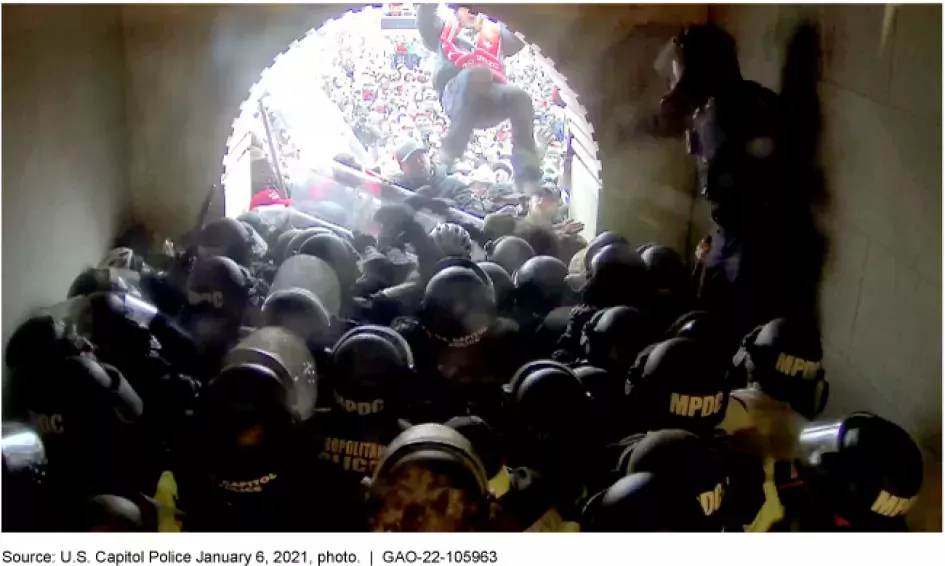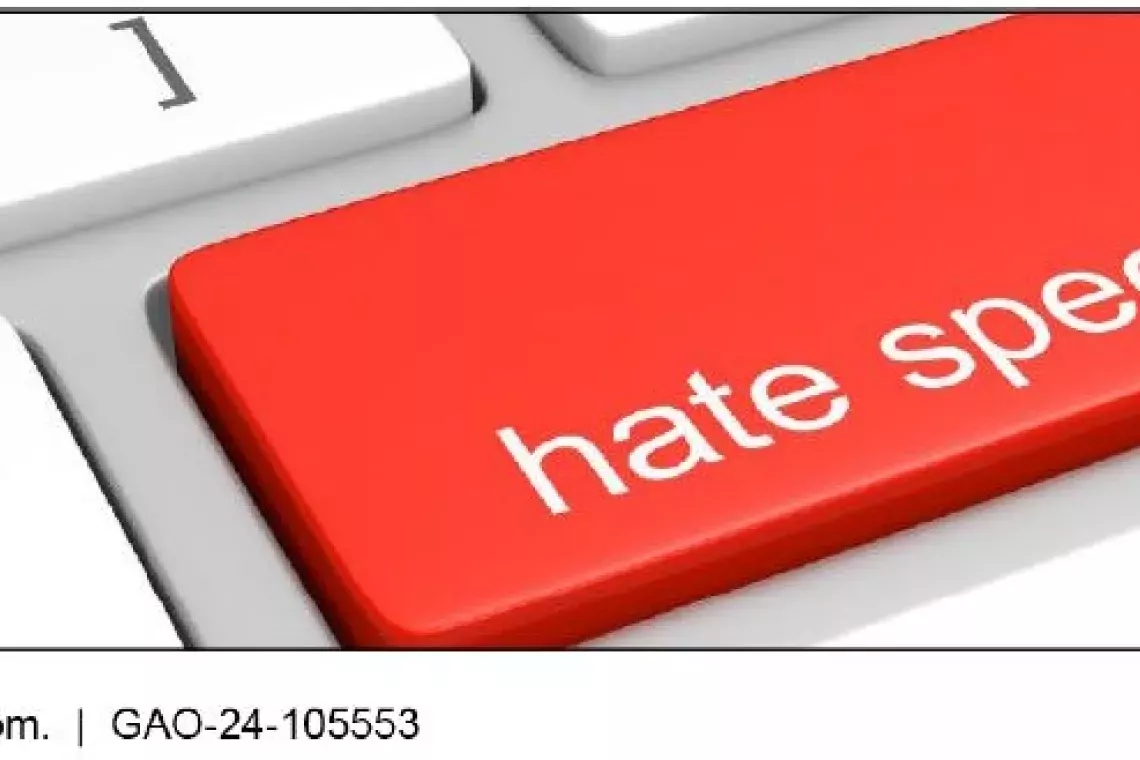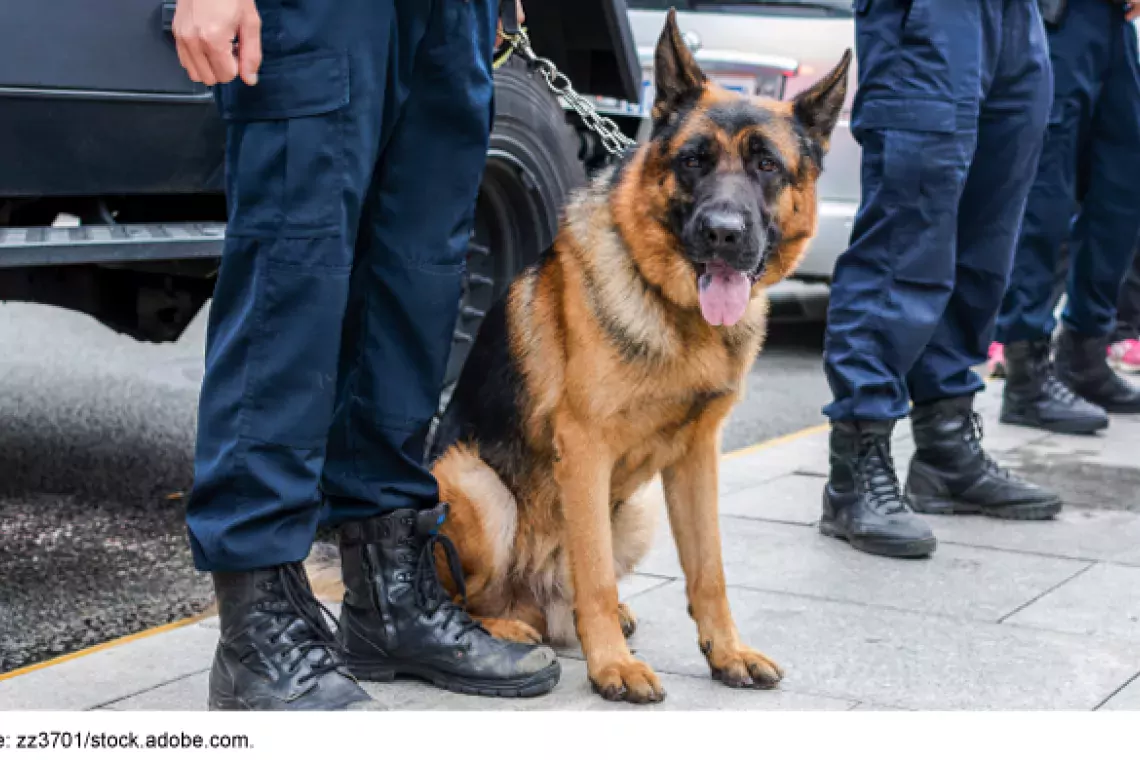Our Work on the January 6th Attack
A House of Representatives’ special committee held a number of hearings earlier this summer that examined the January 6, 2021 attack on the United States Capitol. At the request of congressional members and committees, we have also issued several reports examining federal efforts to prepare for January 6 events, gather intelligence, coordinate, and later respond to the attack.
Today’s blog post looks at our publicly available work as of August 2022. We plan to issue additional work this fall.
Photo taken by U.S. Capitol Police during the January 6, 2021 attack
Image

What agencies knew about potential violence based on social media posts
In the lead up to January 6, several federal agencies were gathering, analyzing, and sharing publicly available information—such as social media posts—about the potential for violence at the Capitol. These agencies included the FBI, Department of Homeland Security (DHS) Intelligence and Analysis, U.S. Secret Service, U.S. Capitol Police, U.S. Park Police, and others.
Federal agencies developed threat products, such as reports, that said extremist groups may commit or incite violence, groups or individuals may be armed, and groups or individuals may attack the Capitol or members of Congress, among other threats.
As part of our work for Congress, we developed an interactive timeline in May that details what agencies knew about potential violence as early as November 2020 based on social media posts. We also issued a report at the same time with more details.
Image

Preparation, coordination, and response of federal agencies
We also looked at how federal agencies prepared for the events of January 6, as well as their coordination and response during the attack.
First, we looked at what special event designations were used by federal agencies after rally permits were filed.
DHS can designate planned events as "special events” to bolster security and improve coordination with federal as well as state and local government entities.
The events of January 6 included three events:
- a scheduled Presidential rally on the Ellipse,
- a joint session of Congress to count electoral votes, and
- a non-permitted protest at the Capitol.
Despite concerns about potential violence, we found that DHS did not designate these events as “special events,” which would have provided additional security. DHS also did not receive requests from a state governor, local government entity, or a federal official to designate the events as “special events.” Key stakeholders cited confusion over the process. For example, D.C. Homeland Security and Emergency Management Agency officials stated that they did not think the D.C. Government had the authority to request a special designation for an event on federal property.
As a result of these issues, we made two recommendations to DHS to help prepare for designating future events as National Special Security Events. These included reviewing their process for special event designations that could pose security risks, and clarifying and communicating the process for requesting a designation for an event held on federal property in Washington, D.C.
What Capitol Police told us about the attack
Second, we surveyed U.S. Capitol Police officers who were at the Capitol on January 6. We received responses from 315 of the 1,782 officers. Of the 315 officers that responded to the survey, 153 felt slightly or not at all prepared to use force or apply crowd control tactics during the attack. Also, 209 officers indicated that crowd control guidance—whether provided before or during the arrival of the demonstrators—was less than very clear (in some instances, they said it was not provided).
As a result, we made five recommendations to the Capitol Police, including to improve training (such as refresher courses on crowd control) and to identify underlying factors related to morale and employee concerns with the department following the attack, among others.
Officers use chemical spray dispersed via a stream to control crowds at the January 6, 2021, attack on the U.S. Capitol.
Image

How Capitol Police planned for security on January 6
Thirdly, we looked at how the Capitol Police planned for the security needed on January 6 as Congress met to count Electoral College votes. The Capitol Police’s planning did not reflect the potential for extreme violence aimed at the Capitol. Its efforts to respond to the attack were hindered by a lack of clear procedures for obtaining emergency support from other federal, state, and local agencies.
As a result, we made 4 recommendations to the Capitol Police Board and the Capitol Police, including that they finalize and document procedures for obtaining outside assistance in an emergency.
How federal agencies shared threat-related information ahead of January 6
We are continuing to examine the events of January 6—including how federal agencies identified, shared, and used threat information.
Crowds gather at the U.S. Capitol during the January 6 attack.
Image

- Comments on GAO’s WatchBlog? Contact blog@gao.gov.







